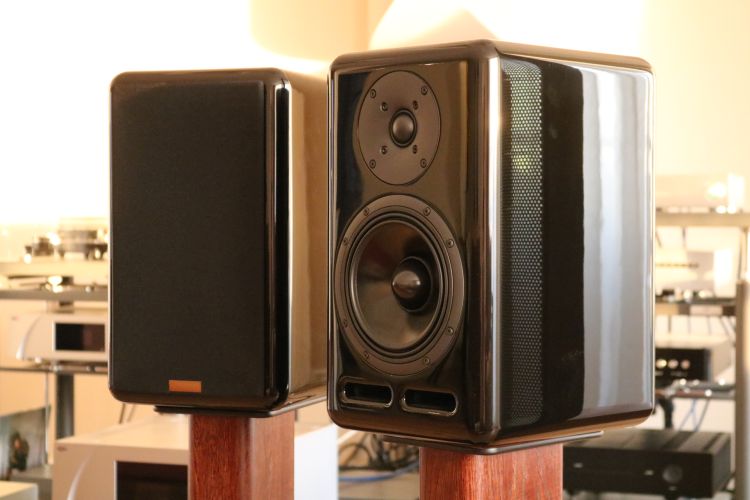
Review samples kindly supplied by Boelsz Audio
Retail prices in the Netherlands:
Premio Esclusivo speakers – 4.400 euro per pair
Premio Esclusivo Stands – 858 euro per pair
After having lived with a pair of Xavian Perla Esclusiva loudspeakers for over 2 years, one thing is for sure: I am a fan. Of course, at their price one cannot have limitless expectations but even if they are not the last word in finesse, resolution or bass extension, the cuties always go straight for the core and they never fail to make beautiful and engaging music. In the secondary room where they are permanently placed, their bass extension is precisely adequate, the room mode filling in nicely at the point where the speakers’ output rolls off.
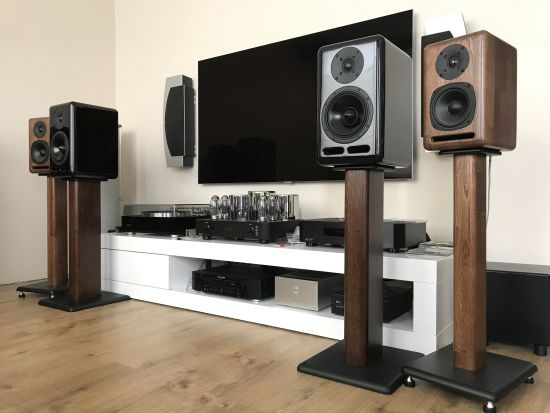
Of course, one thing the Perla’s are not is full-range. With the Premio Esclusivo’s 23mm thick solid oak wood enclosure of 386 x 230 x 276 mm versus the Perla’s 315 x 190 x 236 mm, double the weight and a claimed -3dB point as low as 35Hz, that’s one aspect the bigger model aims to address. The cabinets are damped internally using bitumen and “other layers of damping material”. Other improvements can be found in the higher-spec AudioBarletta drivers and more exclusive electrical components such as audiophile Mundorf capacitors and resistors on the crossovers. Actually, when comparing the specs, the Premio Esclusivo closely resembles the more luxurious range-topper Orfeo.
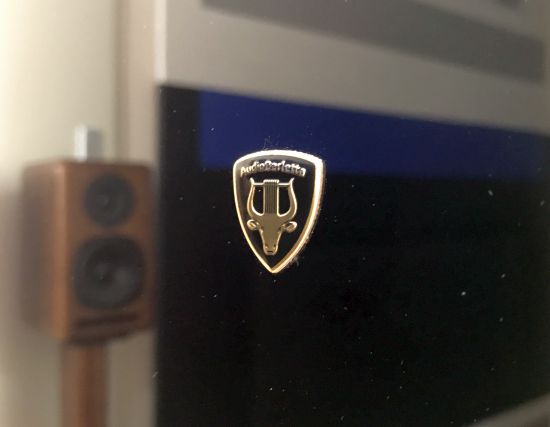
Supplied with my review pair are the optional solid oak wood Premio Esclusivo stands that are a perfect fit both aesthetically and practically. The speakers can be screwed securely to the stands’ top plates and due to their wide bases, the speakers have absolutely no tendency to topple over, not even when nudged.
Like the speakers, the stands are available in a range of colors among which the speakers’ High Gloss Black and the stands’ Dark Oak. For this room, I’d probably have made the reverse combination, using black stands with Oak speakers, but then, because of the Perla’s, I’m probably biased. The main message is that because the stands and speakers are sold separately, all combinations are possible. At 858 euros for the pair, the stands are relatively costly but they are solidly made and visually pleasing. Contrary to the stands that were supplied with my Perla’s, there is no option to use spikes with the Premio Esclusiva stands. Instead, Xavian implemented a system with steel levers that can be adjusted from the top while the speakers remain in their positions. Onto these steel levers, one can attach the supplied felt pads and for my review pair, that was already done.
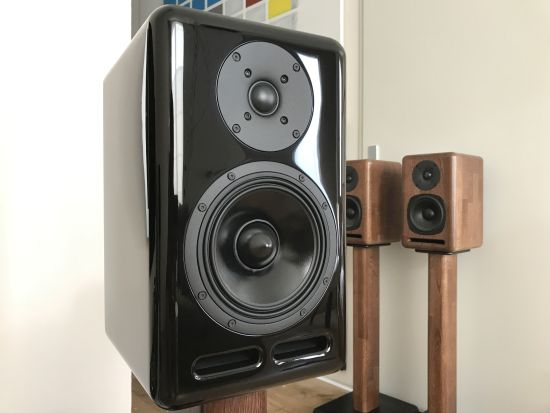
Running In
The pair is indicated to require 400 hours of playing time before they give their best. When delivered to me they had played roughly half that while successive sessions at my place added no more than 60 hours to this. While I thus have not approached their specified fully run in point, I did notice clear improvements, especially during the first few sessions. Most obviously, the sound became more forceful and dynamic along with a further filling out of the presence and dynamic impact in the lower midrange and a subtle solidifying in the lower bass.
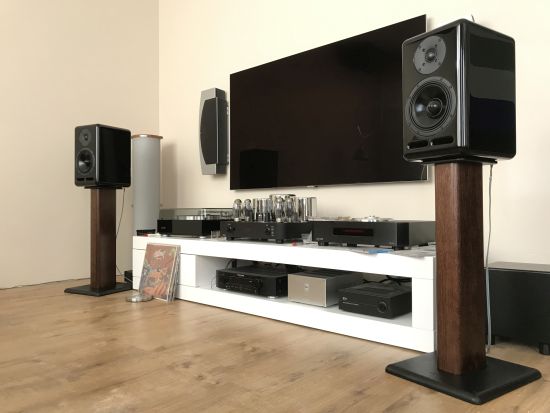
Listening
After placing the Premio Esclusivo’s in the Perlas’ positions in the secondary setup, it’s indeed blatantly obvious that these speakers go significantly lower in the bass. I did not often feel like I was listening to small speakers with the Perla’s in this room but once the Premio Esclusivo’s started playing, that perception changed right away. Despite only a modest size increase, the Premio Esclusivo is much more of a full-range system. The published -3dB point at 35Hz is quite lofty given the small bass driver and modest enclosure but as is evident from the moment that you start playing, the speakers definitely dive as deeply as any notes that I could find in my music. My rather imperfect secondary listening room does have a room mode/resonance down below which is not normally activated by the Perlas’ more restricted bass range but with speakers that go as low as the Premio Esclusivo’s, there was some bass excess at certain notes. This was just another sign that the 35Hz value is to be taken seriously and if I were to use such deep-diving speakers in this room permanently, in order to extract the best of them, some serious bass-trapping would be in order. Here, I would also like to caution for using these speakers too close to rear- and sidewalls. As listening in the main room would confirm, they absolutely sound best when set-up entirely freely. For now, though, this was easy to ignore, because the sound was otherwise so superb.
The Ayon Spirit III integrated amplifier showed once again that it has remarkable bass grip and solidity not only for a tube amp but even when compared to some transistor alternatives. With its KT-150 quad, there was also certainly no shortage of power. Perfectly augmenting the amplifier’s solidity as well as its naturally colorful midrange is the Ayon CD-10 II CD player, connected with FoilFlex XLR interlinks.
While I know that the Perla’s are not as refined or as highly resolving as the best speakers I heard, during normal listening (not comparing), it’s not blatantly obvious they are lacking in resolution. Well, that changed instantly when the Premio Esclusivo’s started playing. They are much more refined and not only subtler in their unraveling of fine detail but these subtle details are also more distinct and better separated within the mix.
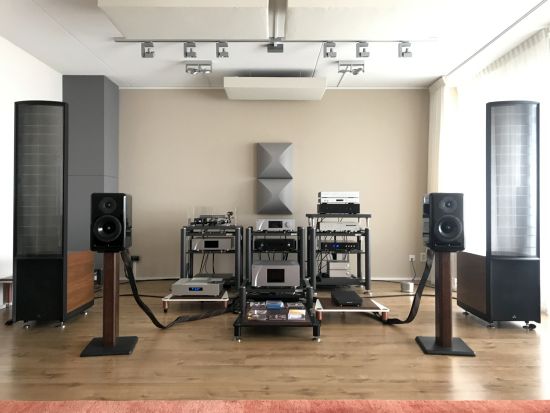
One of the most noteworthy aspects of these speakers is their super-spacious and free-flowing nature. This was already evident in the secondary setup but became even blatantly obvious in the main listening room. Incidentally, in this setup, I felt that the speakers’ black appearance actually blended in particularly well.
In the context of the Aqua Formula xHD v2 DAC with the bargain-of-the-century Audio GD Master 1 preamp and the CH Precision A1.5 amplifier and connected with FoilFlex speaker cables, they amazed me by sounding so transparent and revealing to the point of unveiling the smallest differences that I made upstream with other components. To my surprise, it took almost no adjusting on my part to be able to reliably use the Xavians as review tools. More importantly, they have a highly lyrical and emotionally engaging delivery.
With incredibly deep imaging (bettering the Magico S1 mkII’s as well as the Martin Logan ESL15A’s) and soundstage layering that goes all the way back to the back wall (which is more than 3 meters away), the soundstage fills the room absolutely effortlessly. The music simply never seems to originate directly from the speakers and is dynamically and rhythmically entirely free. These are the aspects that make one forget about the technical aspects of the replay and enjoy the music itself.
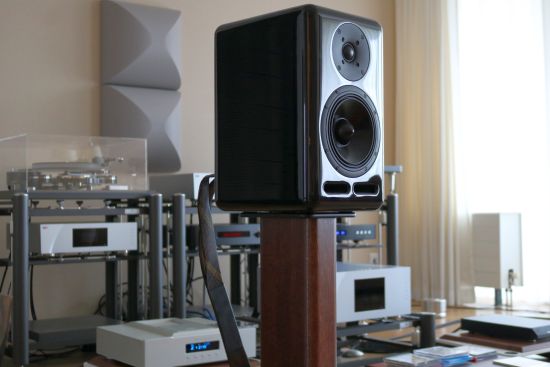
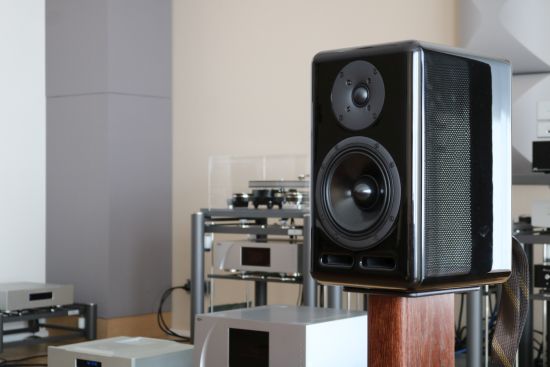
While the soundstaging is benchmark-setting, the focus is great but not razor-sharp. The Magico’s, for example, project more sharply to form a very precise center image between the speakers but of course, these have prohibitive price tags. But I also can’t say that I have heard better focus from speakers at around the cost of a pair of Premio Esclusivos. Musically speaking, of course, this is of absolutely no consequence and I only mention it because the speakers otherwise perform so magnificently, not only musically but also ticking nearly all the usual audiophile boxes.
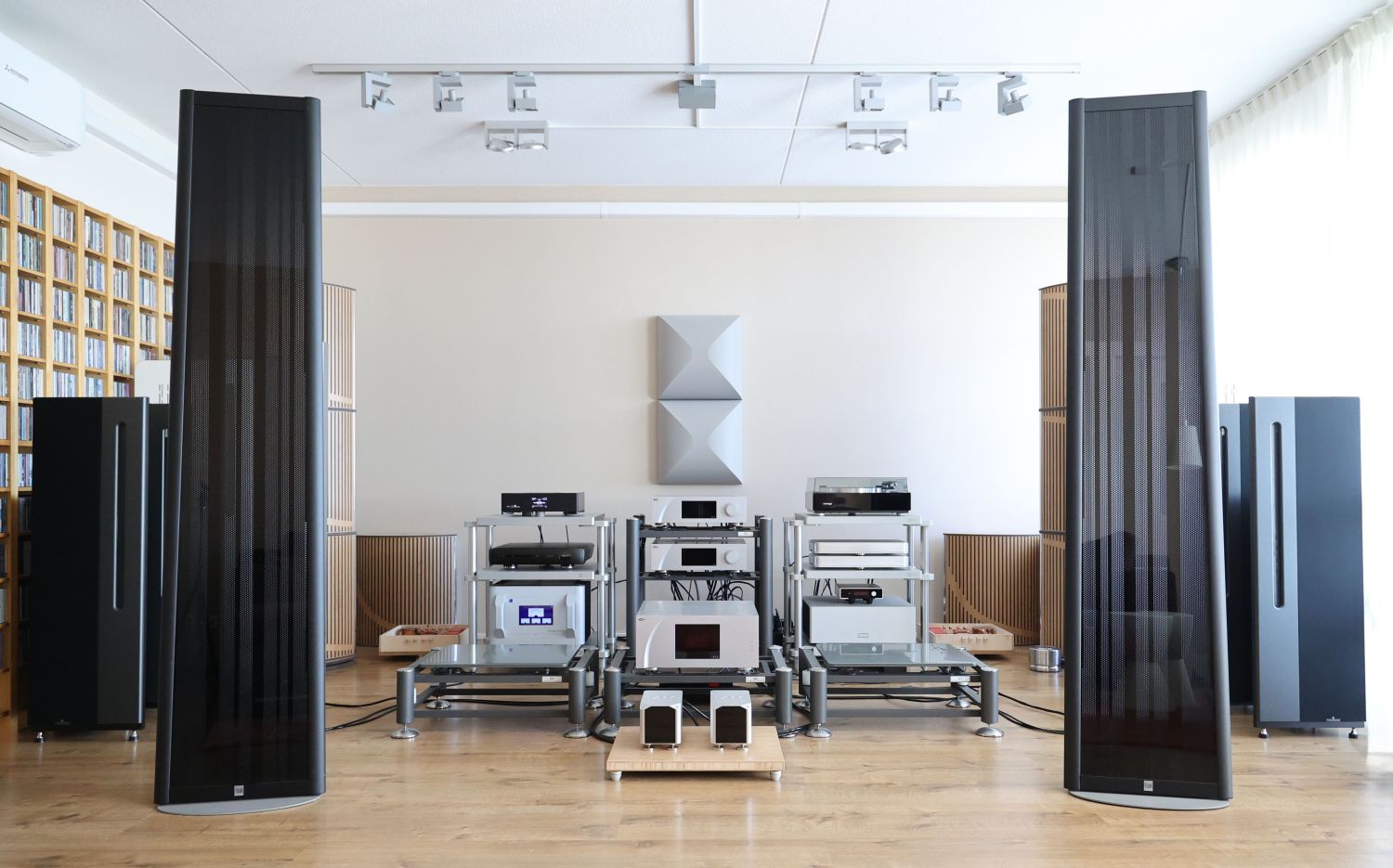
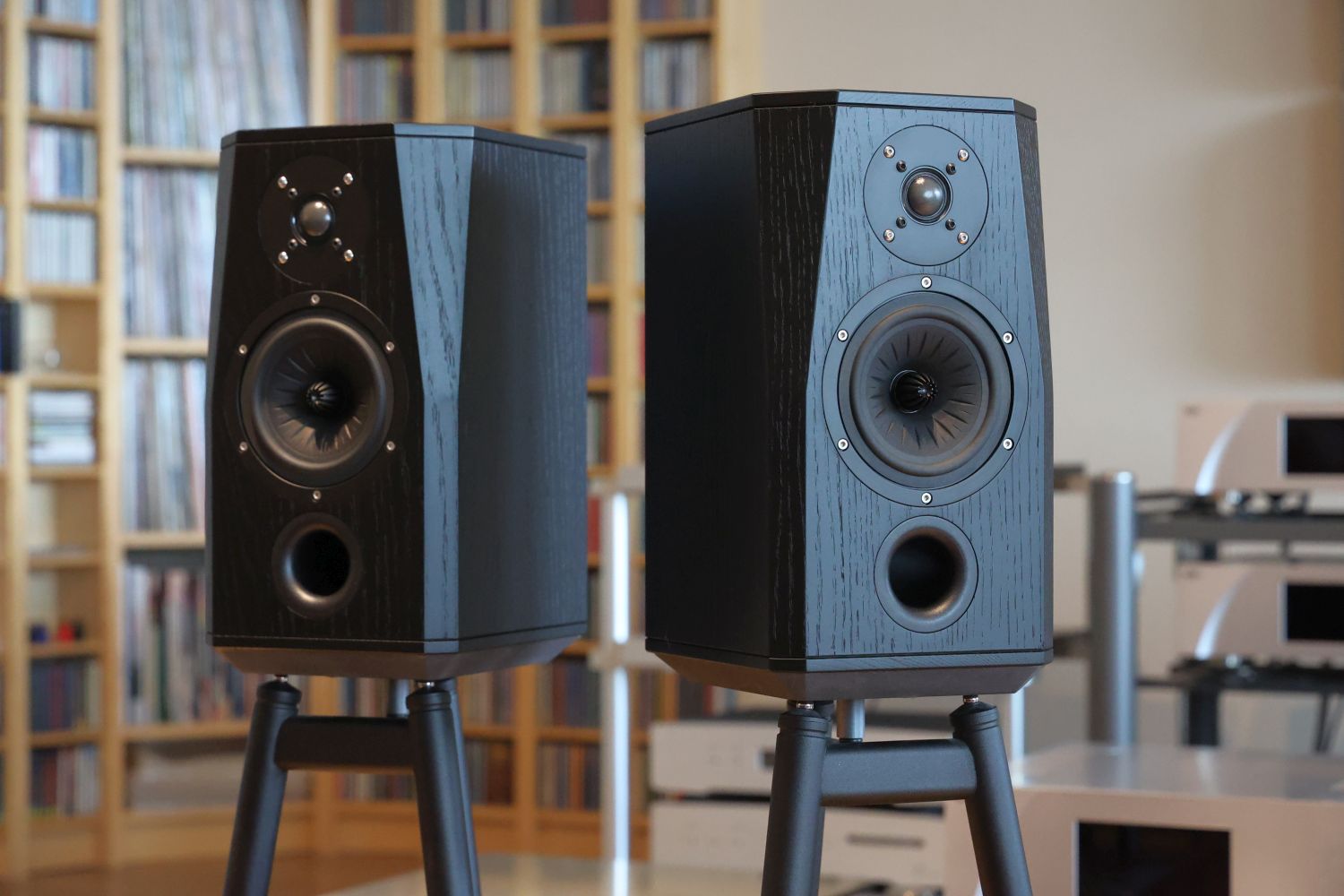
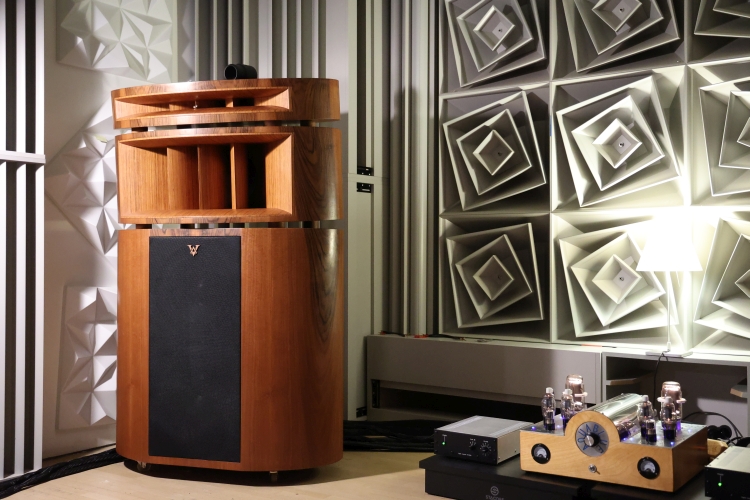
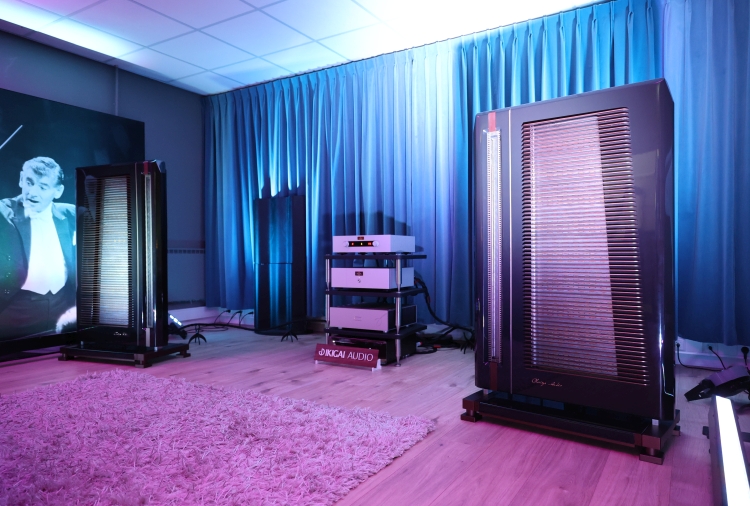
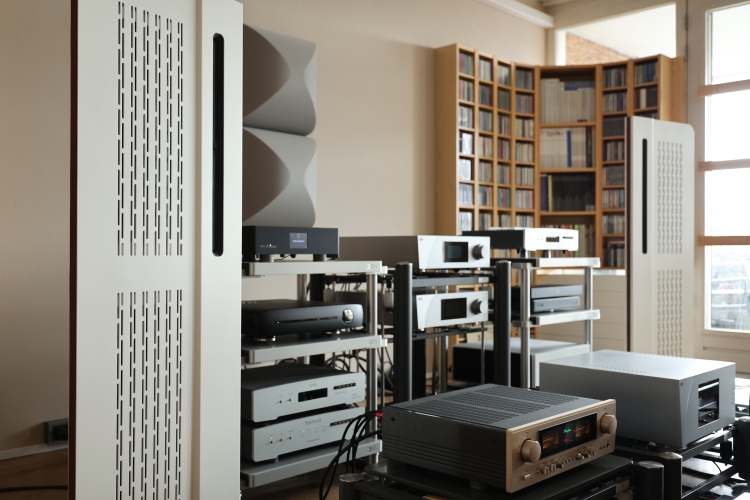
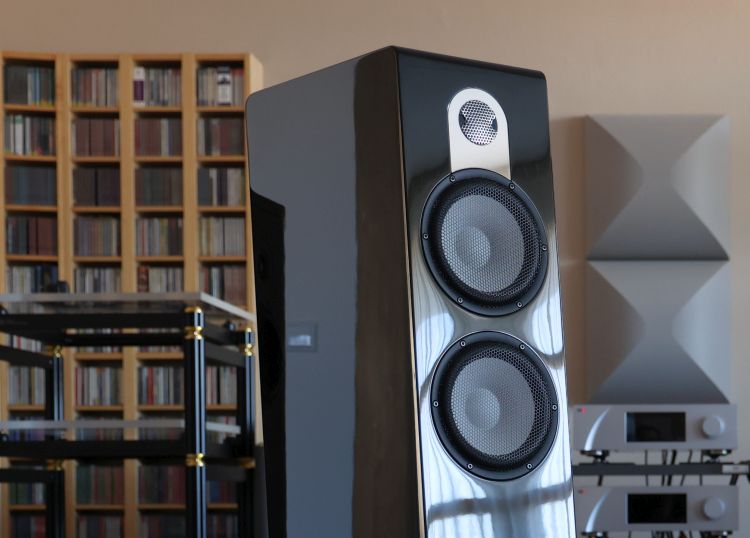
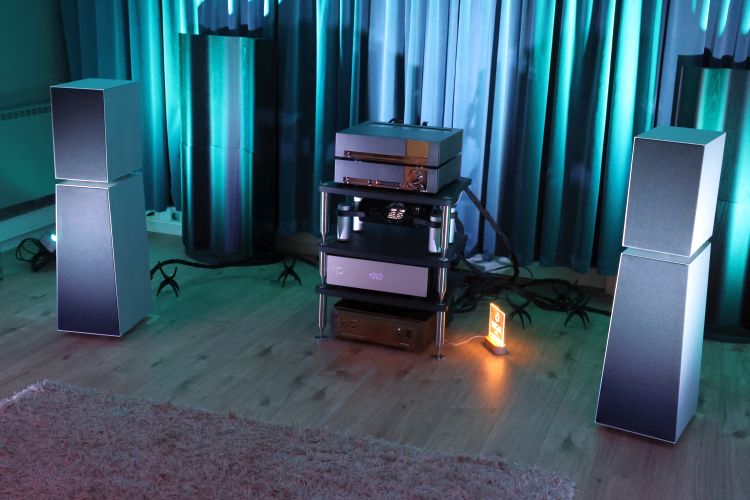
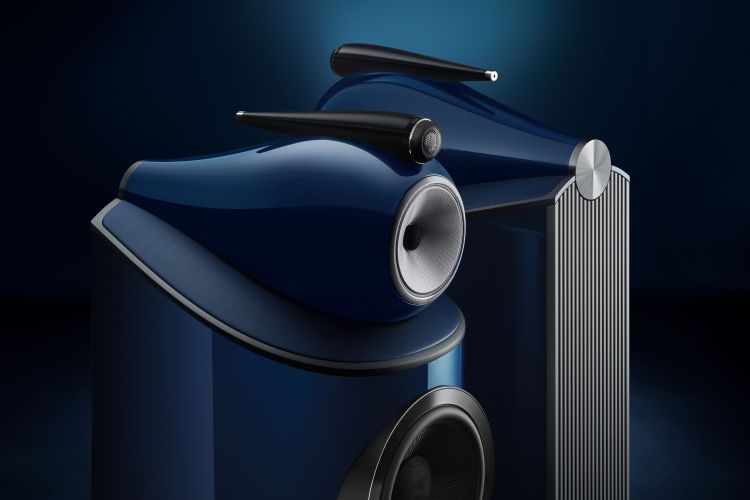
Hi Christiaan, ik neem aan dat je het hier over de Premio’s hebt: Of course, one thing the Perla’s are not is full-range. With a 23mm thick solid oak wood enclosure of 386 x 230 x 276 mm versus the Perla’s 315 x 190 x 236 mm,
Hi Dick, I am referring to the Perlas when I say they are not full-range. I’ve now slightly modified the text to make this clearer.
hi Christiaan,
You awarded the Premio Exclusivo after a raving review.
You were also enthusiastic about the Graham Audio LS5/9, how do these two speakers compare in your opinion ?
I listen to classical, vocal and jazz mainly, which of these speakers would you recommend taken into account that my room size is about 45m2. Or would the LS5/9f be a better choice in my situation ?
best regards
The Premio Esclusivo is well-balanced and quite versatile and will work in many circumstances whereas the Graham LS5/9’s (and any other Graham speaker) is more of an acquired taste. They have a very special liquid and organic (typically classic-English) quality in the midrange that no other modern speaker really does quite so. However, I think bass behavior is the biggest differentiator. While the Xavians are also not the punchiest speakers that I have heard, the Grahams are lusher and more relaxed in the bass. Great for many styles, but not Rock and Roll.
thanks Christiaan for taking the time to answer my questions, much appreciated !
May I recommend you try to review the Q Acoustics Concept 500 loudspeakers ? They have a special designed enclosure that seem to work pretty well and also offer great sound quality because of it.
Hello,
congratutlation for your article, one want´s to hear or even buy this speakers immediately. Do you know the Ambras as well? And can you tell the difference between them. The Premio cost 1.400€ more, do you think they are worth the extra money?
Thanks and best regards
Glad you like the article! Alas, I have not heard the Ambras. I *suspect* that they are slightly more punchy and upbeat (as the Perlas) while the Premio Esclusivo will sound lusher and go deeper in the bass. But this is pure conjecture… 🙂
Hi Chris,
A great article once again;=) Though I missed your view how it compares to Serblin Accordo. I would love to hear your TaKe on this matter.
Your input would be a higly appreciated. how this speaker sounds (low/mid/high, tone, coherence, etu) when comparings to Franco’s design.
Of course, from your memory;=) I’m just curious as Accordo does not have your ”Highly Recommended” status, but this speaker has it.
Thank you in advance for your time and effort.
Usually, when I don’t have a product at hand for direct comparison, I don’t make references in a review as to how they compare sonically. But I can tell you that the Premio Esclusivo has considerably deeper and fuller bass, and overall, it sounds a little richer/warmer/creamier. Bass depth is a qualitative matter but richness versus neutrality is more of a personal preference. The “Highly Recommended” status is assigned based on personal preference and how a product compares to others in its price range. With the Accordo’s, it’s mostly their high price that was taken into consideration. I like the Accordo’s a lot sonically and think they look fantastic but they are very costly for speakers that are as limited in the bass as they are. The Premio Esclusivo offers better value for money, hence they are highly recommended and the Accordos are not (even if the latter can also be recommended if you don’t mind paying the premium).